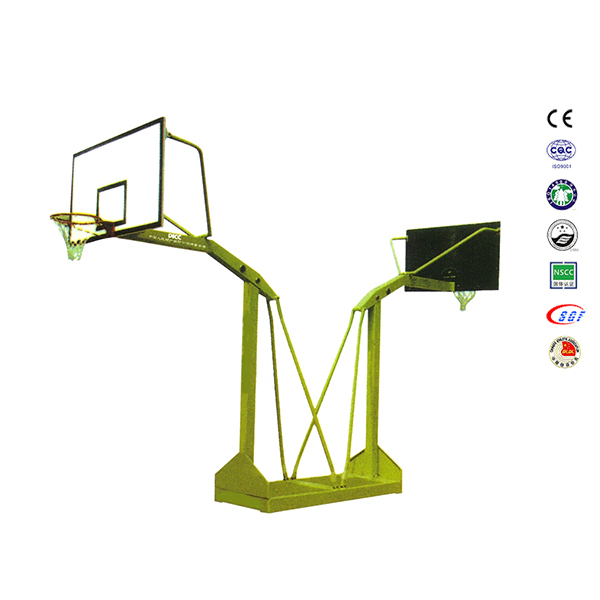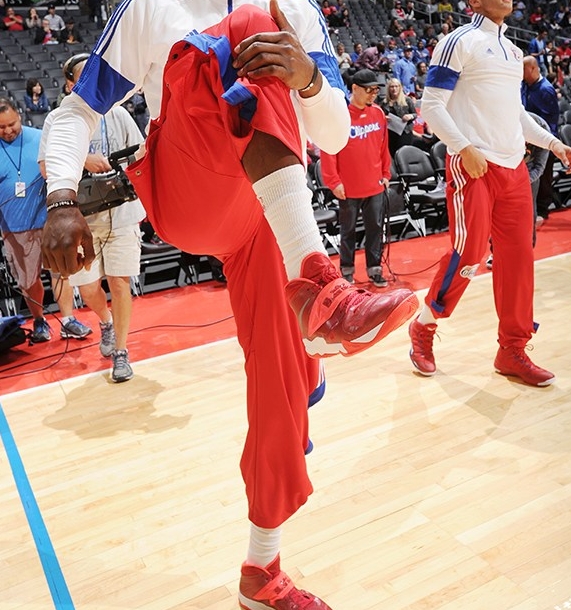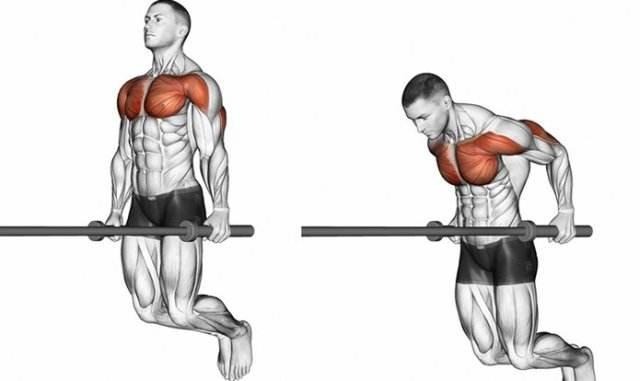Product
Which is better, parallel bar dips or push ups
Basic Info
If compared to regular push ups, the efficiency of parallel bar arm flexion and extension is higher because the training intensity is greater.
Similarities: Both movements are dominated by the thrust muscle group, with the chest, triceps, and anterior deltoid muscles as the main force.
Differences: Push ups carry a portion of the body weight, which is approximately 65% of one's own weight. And the parallel bar arm flexion and extension is the total weight.
So if you choose between two movements to exercise the thrust muscle group, the efficiency of parallel bar arm flexion and extension will be higher!
However, due to the need for external equipment (parallel bars or other tools) for arm flexion and extension, and the fact that most people do not have the conditions for training, considering the cold outdoors in winter and the fact that most areas do not have outdoor parallel bars. So choosing other variations of push ups, as long as the intensity is increased, is a very good training. Because push ups are a big family, they are training movements that are not limited by location and time.
For example, diamond push ups increase stimulation to the triceps and inner chest by shortening the distance between hands:
In short, the greater the intensity of training movements, the greater the harvest! But it is important to pay attention to adapting to one's own abilities while ensuring high-quality completion of actions. Let's encourage each other!
The two classic movements that cannot be avoided during the fitness process to develop upper limbs are parallel bar arm flexion and extension and push ups. I believe you often see fitness experts using these two movements when exercising in the gym or outdoors. When you want to try these two movements, you must have the following question in your mind: # Which is the stronger strength for parallel bar arm flexion and extension or push ups?

Gymnastic parallel bars equipment
The parallel bar arm flexion and extension requires the practitioner to support their hands on the parallel bars, suspend their body in the air, and then use elbow flexion and extension movements to make their body rise and fall.
Due to the fact that the practitioner's body is in a suspended state throughout the entire movement, more core muscle groups and stability are needed to maintain balance. Therefore, this movement requires high demands on the core muscle groups, shoulders, and arm muscles.
In addition, due to the fixed height of the parallel bars, practitioners need to adapt to this height to complete movements, which also requires flexibility and coordination that cannot be ignored.
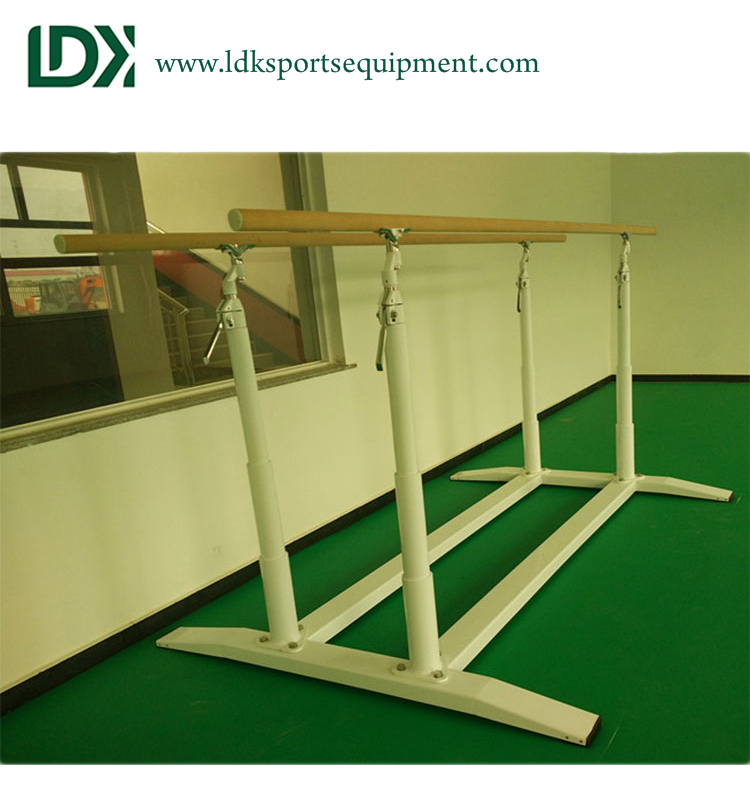
Adjustable Gymnastics Parallel Bars
Especially when your body reaches its lowest point, the chest and anterior deltoids will bear the maximum pressure, achieving the best exercise results. In addition, push ups can effectively exercise the waist and abdominal muscles, improving core stability.
And push ups, as a basic body training exercise, their intensity should not be underestimated. Push ups require the practitioner to maintain a straight body while using the strength of their arms and chest to move their body up and down.
This movement mainly exercises the muscles of the chest, arms, and shoulders. At the same time, due to the fact that the practitioner's body is in a horizontal state throughout the entire movement, there are also certain requirements for the stability of the core muscle group. However, compared to parallel bar arm flexion and extension, push ups have relatively lower requirements for flexibility and coordination.
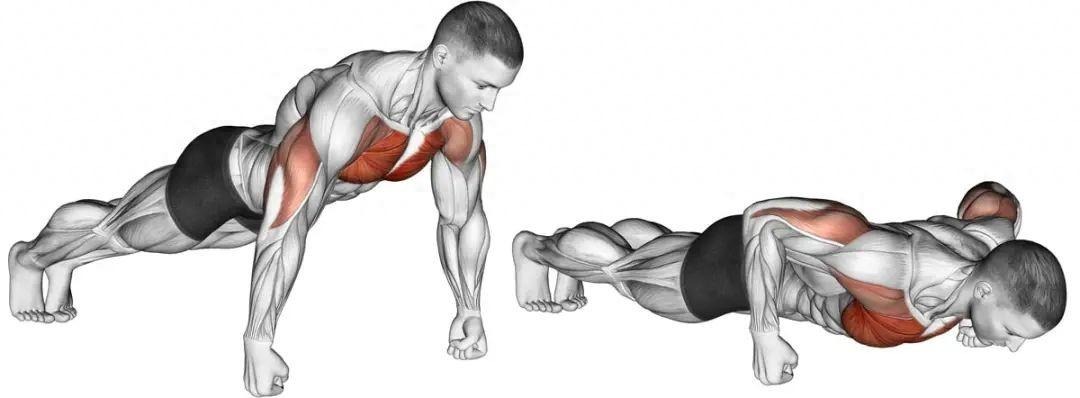
Push ups
Of course, this is not absolute, as everyone's physical fitness level, mastery of skills, and choice of movement variations can all affect the actual intensity of training. For example, if you do diamond push ups or single arm push ups, the difficulty and intensity will also increase; In parallel bar arm flexion and extension, the challenge can also be adjusted by changing the body's tilt angle, using elastic bands, or even adding extra weight.
In short, whether it's push ups or parallel bar arm flexion and extension, they are the golden moves for us to exercise upper limb strength. The key is to choose the appropriate training method according to our actual situation, and gradually increase the difficulty of the challenge, making the fitness journey both interesting and fulfilling. Come on, brother!






